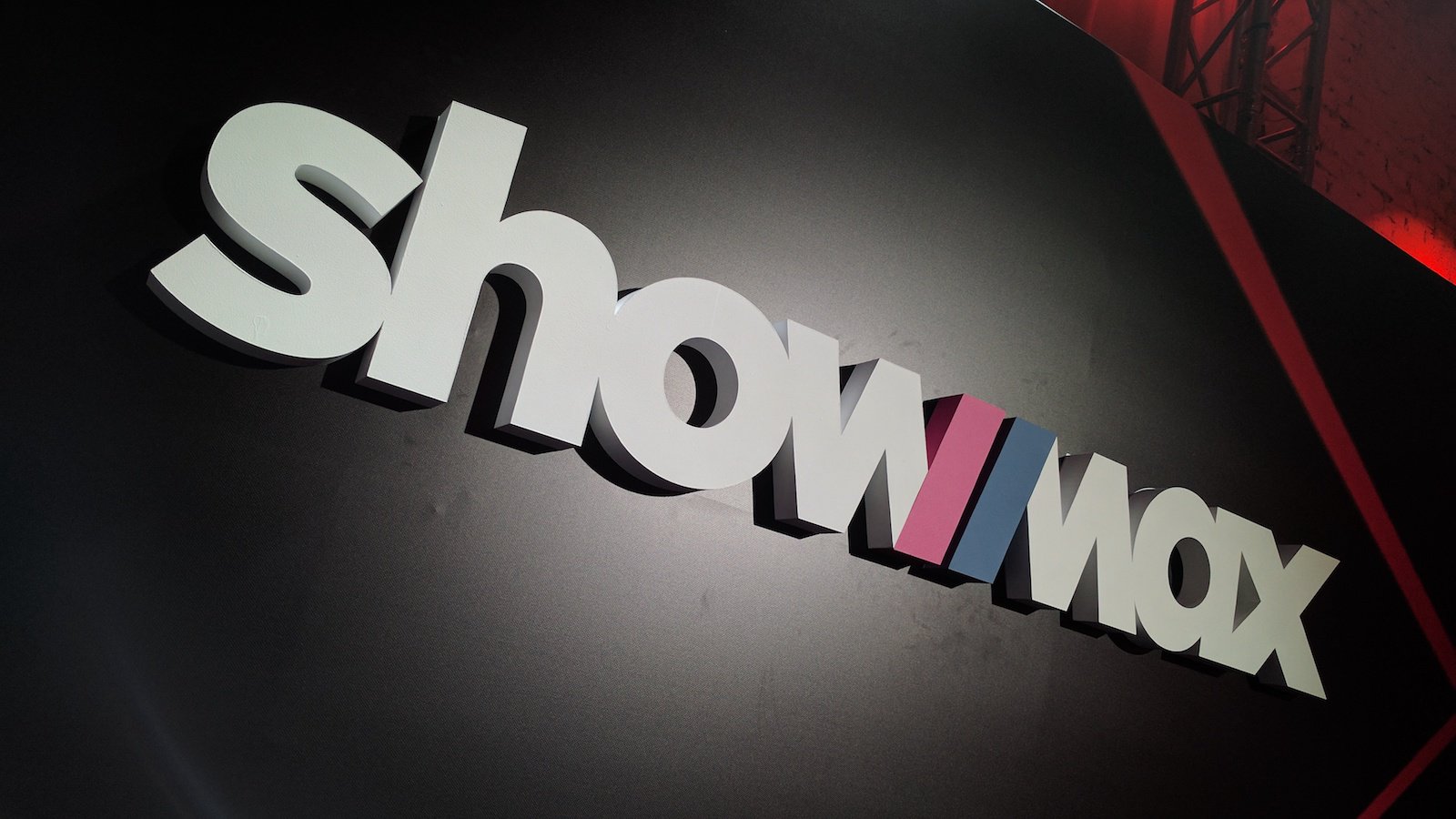Peacock, the platform on which Showmax 2.0 will be hosted, has announced price hikes. Will this development affect Showmax’s ability to attract subscribers when it launches?
Peacock, the platform on which Showmax 2.0—slated to be launched by March 2024—will be hosted,has raised subscription prices effective from August 2023. The new prices apply to new and existing users and is the first since its launch in 2020.
According to an email sent to subscribers, the ad-supported Premium subscription will go up by $1, to $6 per month, while the ad-free Premium Plus option will increase by $2 to $12 per month. An annual Premium subscription will go up by $10, translating to $60 per year, while the Premium Plus subscription will increase by $20, making it $120 per year. Earlier this year, Peacock axed its free-tier subscription package.
The hike is attributed to the fact that Peacock is currently burning through cash. Despite rapidly gaining subscribers—it had 22 million subscribers in April—increased programming costs led to a loss of more than $700 million.
How does this affect Showmax?
In April, Multichoice announced a partnership with US media giant COMCAST, owners of NBCUniversal, and its UK counterpart SKY to create “Showmax 2.0” which would be a new platform powered by Peacock. It will be 70% owned by Multichoice and 30% (stake sold for $30 million) owned by the aforementioned UK and US partners. Leveraging Peacock’s “scalable and feature-rich technology”, Multichoice’s vast array of local content combined with global content from its partners, Showmax 2.0 aims to give top global streaming platforms on the continent a run for their money.

But first, it may need to worry that Peacock’s pricing is now approaching that of competing platforms. Hulu charges $7.99 a month with ads, $14.99 without) while Max ranges from $9.99 to $19.99). Netflix also has multiple tiers from $6.99 to $19.99.
Do African streaming audiences care enough about a platform’s underlying technology to be willing to pay top dollar for it? Won’t they instead be willing to pay the same amount, or slightly more, for the likes of Netflix who might have less advanced technology but more content? Additionally, if other streaming platforms manage to acquire sports content rights, will Peacock’s “superior” technology be reason enough for subscribers to not migrate from Showmax 2.0? These are the questions that MultiChoice executives will be pondering. Showmax is currently the exclusive distributor of high-demand content like the English Premier League and Indian cricket league—the Indian Premier League. If competitors like Netflix also manage to strike deals for such content, like how Netflix and HBO recently struck a content deal, it would put much pressure on Showmax.
According to its annual financial results, MultiChoice intends for Showmax to reach $1 billion in revenue in five years, trading profit breakeven by 2027, as well as a 25% EBITDA margin, and 20% free cash flow margins, both at scale. Multichoice has also bumped up its growth expectations of the platform by a multiple of three by 2032 and content production by a multiple of 10 by 2033. With the first price increment effected, this will affect MultiChoice’s ability to use pricing as a selling point for Showmax 2.0 since the platform will most likely pass the increments onto the consumer.
It is doubtful that Showmax, which is already haemorrhaging through cash as evidenced by parent company MultiChoice withholding dividends to make further investments into the platform, would be willing or able to harbour the Peacock platform costs without sharing at least some of them with the consumer.
With its launch date looming, it will be interesting to see how Showmax 2.0 adapts to the rapidly changing and increasingly challenging operating environment in the video-on-demand streaming industry.











